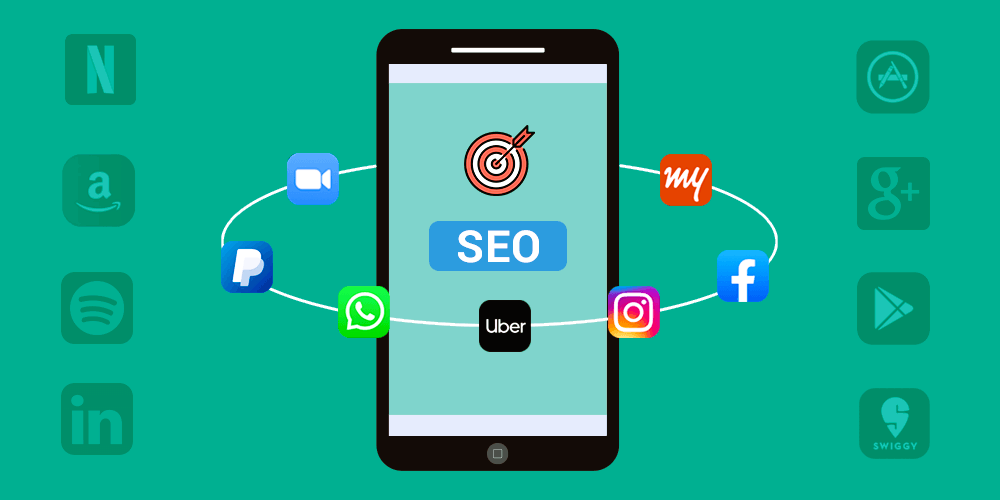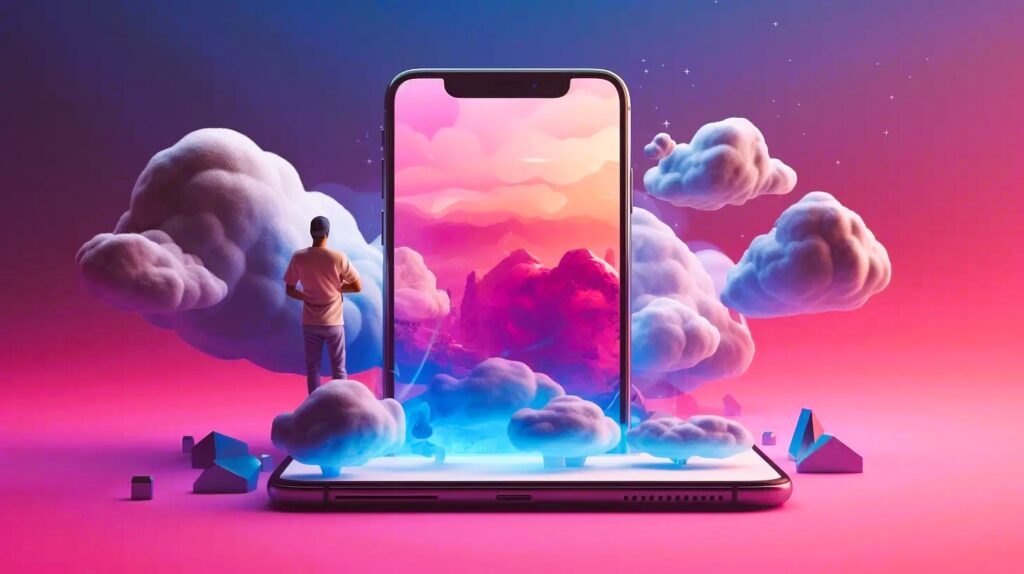In today’s digital age, mobile gaming has become a booming industry. With millions of games available for download, standing out in the crowded app stores can be a daunting task for developers. This is where SEO (Search Engine Optimization) plays a critical role. Optimizing your gaming app for mobile stores such as the Google Play Store or Apple App Store is crucial for driving organic traffic and increasing downloads. But what should developers consider when promoting their gaming apps in these mobile stores?
1. Keyword Research
Just like traditional SEO, keyword research is the foundation of any effective app promotion strategy. The right keywords can make a significant difference in how visible your app is in search results within mobile stores. Developers should focus on long-tail keywords, which are more specific and less competitive, and relevant terms related to the gaming genre of the app (e.g., “puzzle game,” “multiplayer shooter,” “action RPG”).
Best practices:
- Use a tool like Google Keyword Planner or App Annie to identify relevant keywords.
- Analyze competitor apps to see which keywords they are targeting.
- Use a mix of short and long-tail keywords to optimize your app’s visibility.
2. Optimizing Your App Title and Description
The app title and description are your primary opportunities to showcase your game’s value and incorporate targeted keywords. The title should be concise, clear, and contain relevant keywords without overstuffing. Similarly, the description should highlight the unique features of the game and also include high-performing keywords. Both of these elements influence rankings and user engagement.
Best practices:
- Keep the title under 30 characters to avoid truncation in search results.
- Write a compelling description that addresses user needs and highlights features.
- Use keywords naturally, ensuring the description remains engaging.
3. High-Quality Visuals: Screenshots and Video Previews
Visuals are one of the most powerful tools in mobile app marketing. Users often rely on screenshots and videos to determine whether a game is worth downloading. High-quality, eye-catching visuals can drastically increase conversion rates. Your screenshots should showcase gameplay, user interface, and key features, while video previews provide an interactive look at what the game offers. Read more about how to run effective PPC advertising campaigns for games here.
Best practices:
- Use up to 5 high-quality screenshots that highlight the best aspects of the game.
- Include a short video (30 seconds to 1 minute) that demonstrates gameplay and key features.
- Make sure your visuals are optimized for different screen sizes.
4. Ratings and Reviews: Building Trust with Users

Ratings and reviews are one of the first things users check before downloading an app. Apps with higher ratings are more likely to rank higher in search results, which can lead to more downloads. Encouraging users to leave positive reviews while providing excellent customer service can enhance your app’s reputation.
Best practices:
- Prompt users to rate the app after they’ve spent some time playing, not immediately after download.
- Respond to user feedback to show that you value their input.
- Regularly update the app to fix bugs and introduce new content, which can lead to more positive reviews.
5. App Updates: Keeping Your App Fresh
Frequent updates not only improve the user experience but also signal to app stores that your game is actively maintained. Regular updates can positively impact your app’s visibility in search results, as app stores often prioritize updated content.
Best practices:
- Regularly introduce new features, fixes, or enhancements to keep the game fresh.
- Communicate these updates in the app store description to keep users informed.
6. Localized SEO for Global Reach
If you’re targeting global audiences, localization is essential for ensuring that your game is accessible to players in different regions. This involves translating the app title, description, and keywords into different languages to better align with regional preferences and search behaviors.
Best practices:
- Localize your app store listing to cater to different languages and cultures.
- Use region-specific keywords and adapt your content to local tastes.
7. Leveraging Social Proof
Social media is a powerful tool for driving traffic to your game’s app store listing. Whether it’s through influencer marketing or organic social media campaigns, driving traffic from these platforms can improve your app’s ranking and credibility. Including social proof, such as user testimonials, social media mentions, and influencer endorsements, in your app description can further enhance trust.
Best practices:
- Promote the game on platforms like Instagram, YouTube, and TikTok.
- Partner with influencers in the gaming community to showcase your game.
- Encourage players to share their experiences on social media.
SEO for gaming apps is an essential part of mobile app marketing. By focusing on keyword optimization, crafting compelling app titles and descriptions, using high-quality visuals, gathering positive ratings and reviews, and keeping your game updated, you can significantly increase your chances of standing out in the highly competitive app store environment. Localization and leveraging social proof can further amplify your success on a global scale.
For more information on SEO strategies and standards, check out Wikipedia’s SEO Page.






